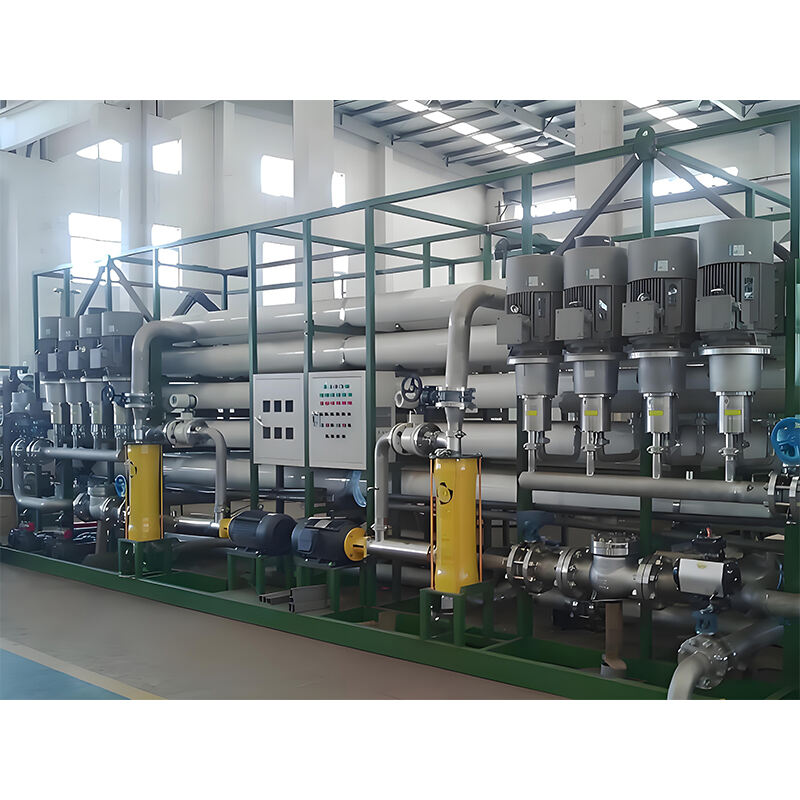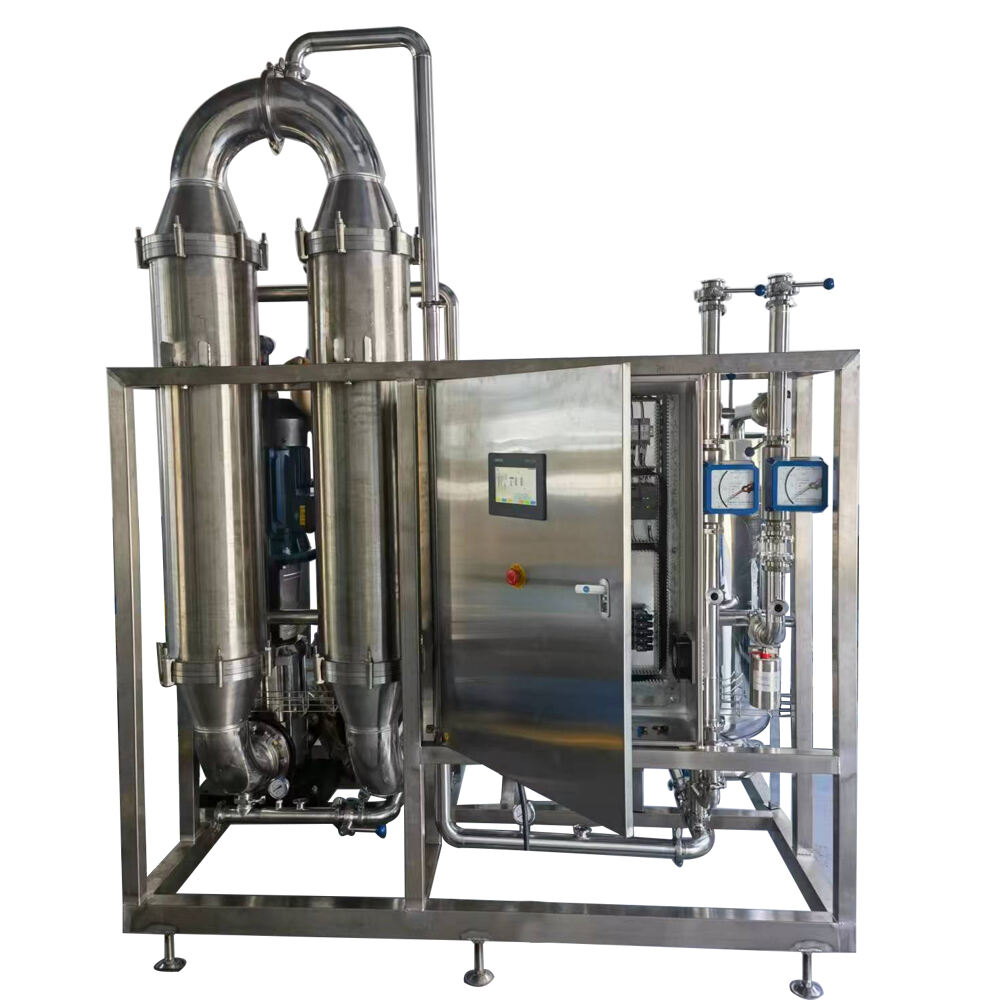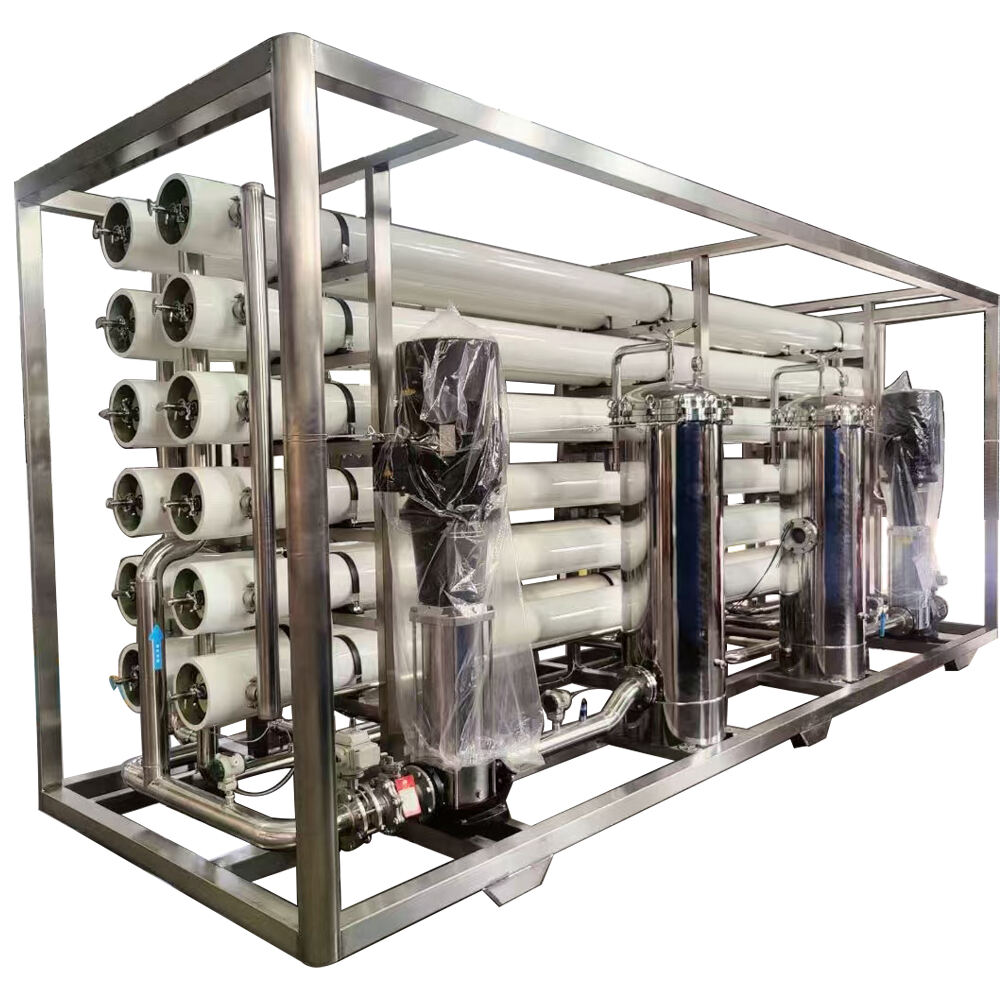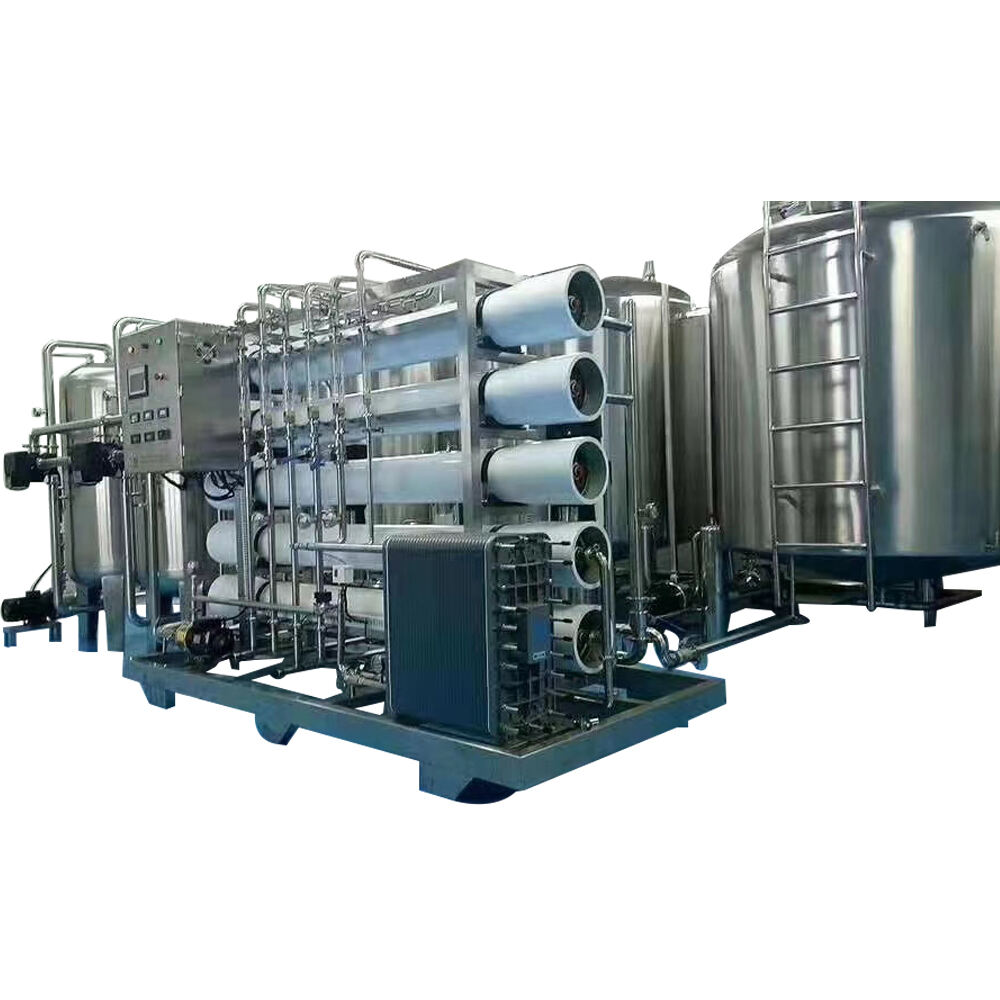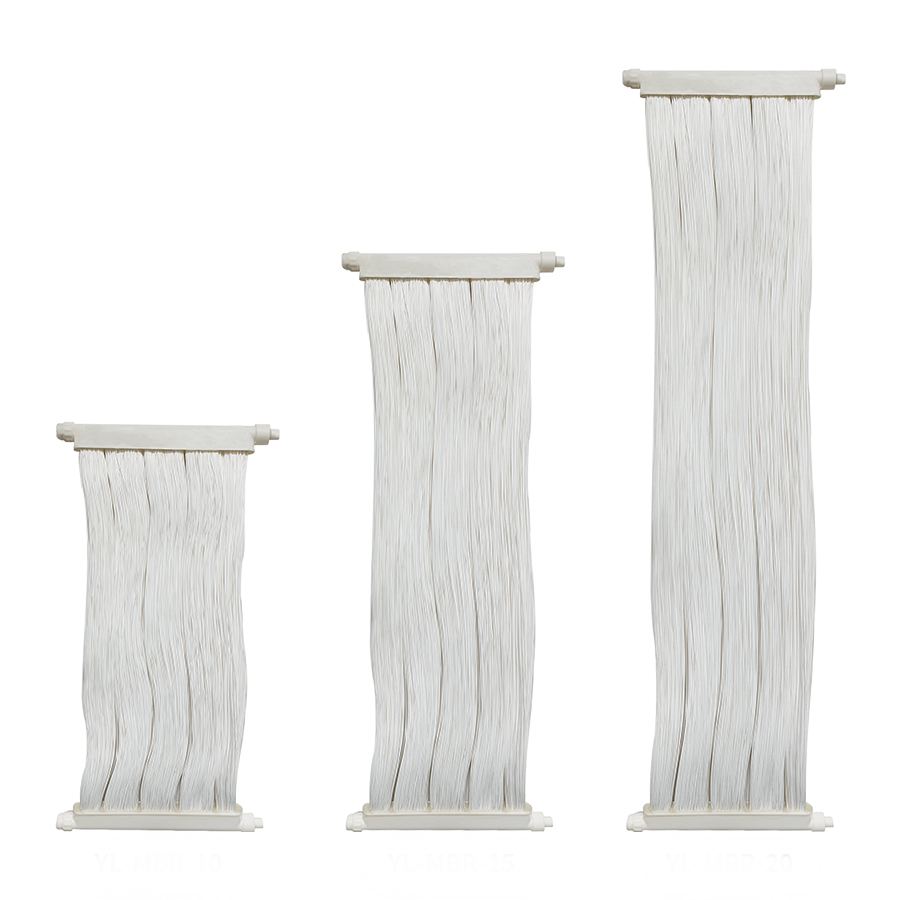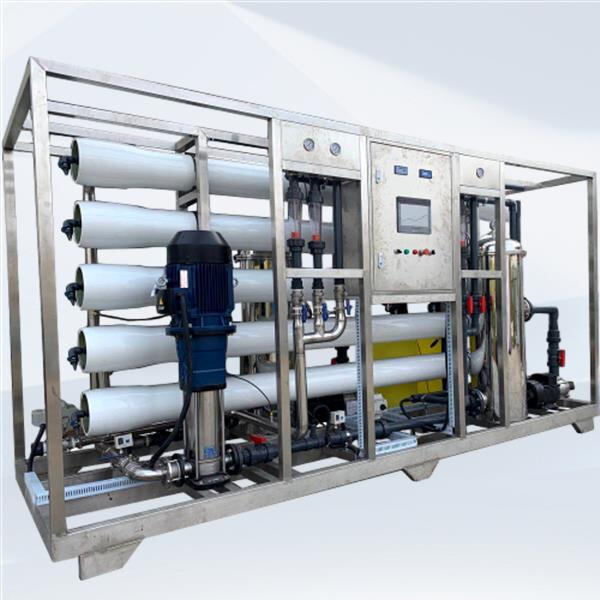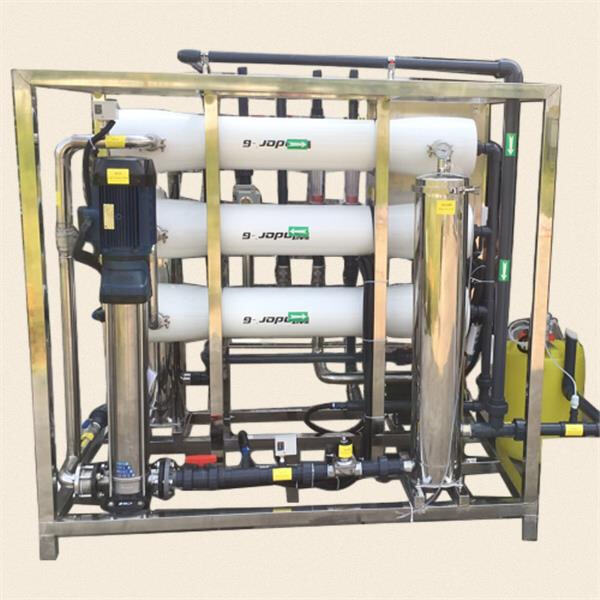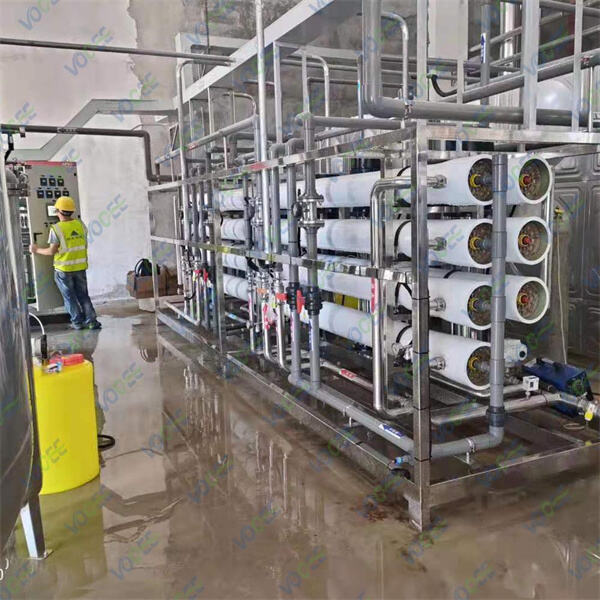Waste water from ro system
To have very basic food, we need water. We rely on clean water for drinking, cooking and maintaining our health, yet not all water is safe for consumption. Some water has dirt or chemicals or germs that can make us sick. This is the reason people use Reverse Osmosis (RO) Systems to purify water. RO Systems have a unique type of filter that allows water through but acts as a barrier to prevent dirt and impurities from entering the water system, so we can drink safe water. But, when we clean the water, we create waste water, which is the left over water after cleaning process.
RO systems create waste water that, when disposed off, is detrimental to nature and the environment. This waste water frequently has high amounts of salt and minerals, contaminating soil, rivers and lakes. When salt and other minerals seep into the ground or waterways, they can be harmful to the plants and animals that inhabit them. The waste water can create issues for places that treat waste water as well, such as treatment plants. When there’s too much salty water flowing into these plants, it can hamper their operations. This shuttling can create more pollution and can damage the local habitat, which isn't wise for anyone.

